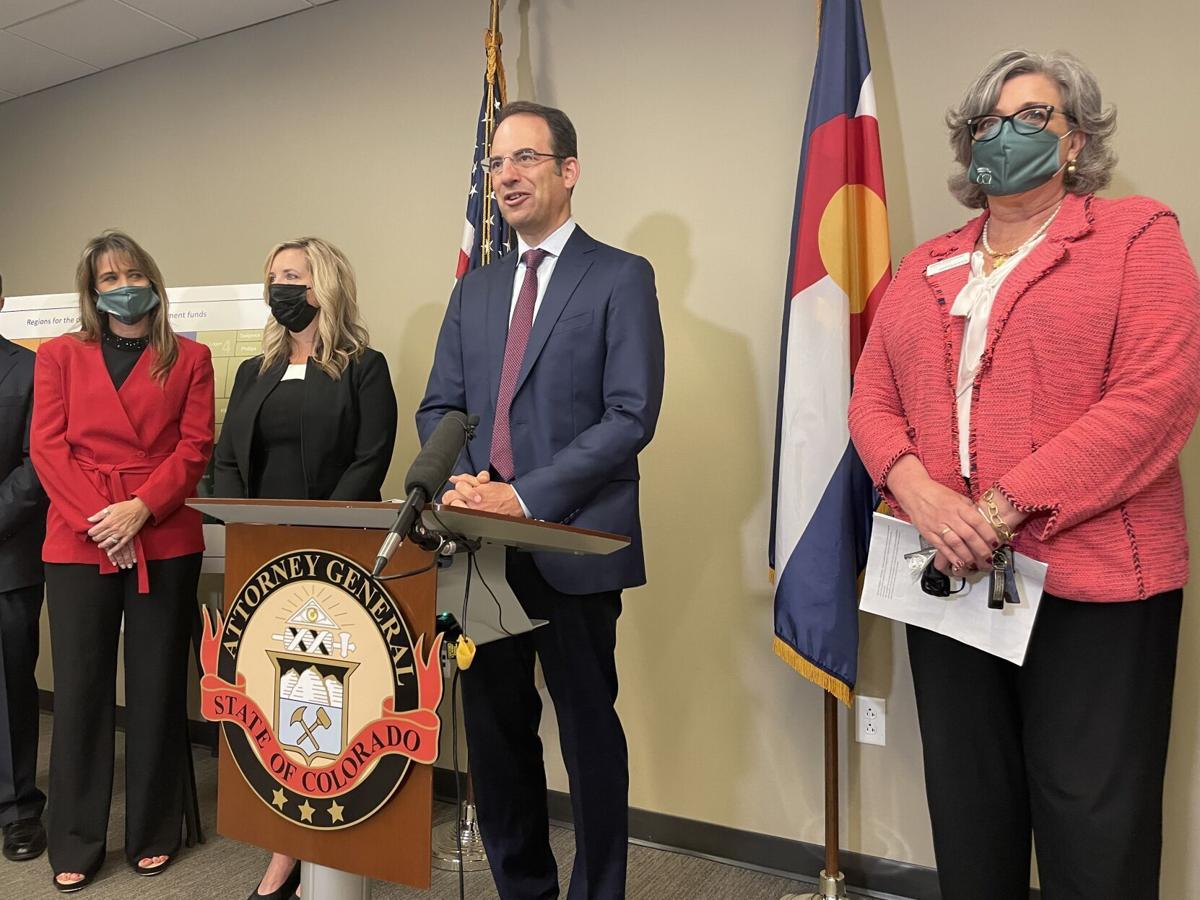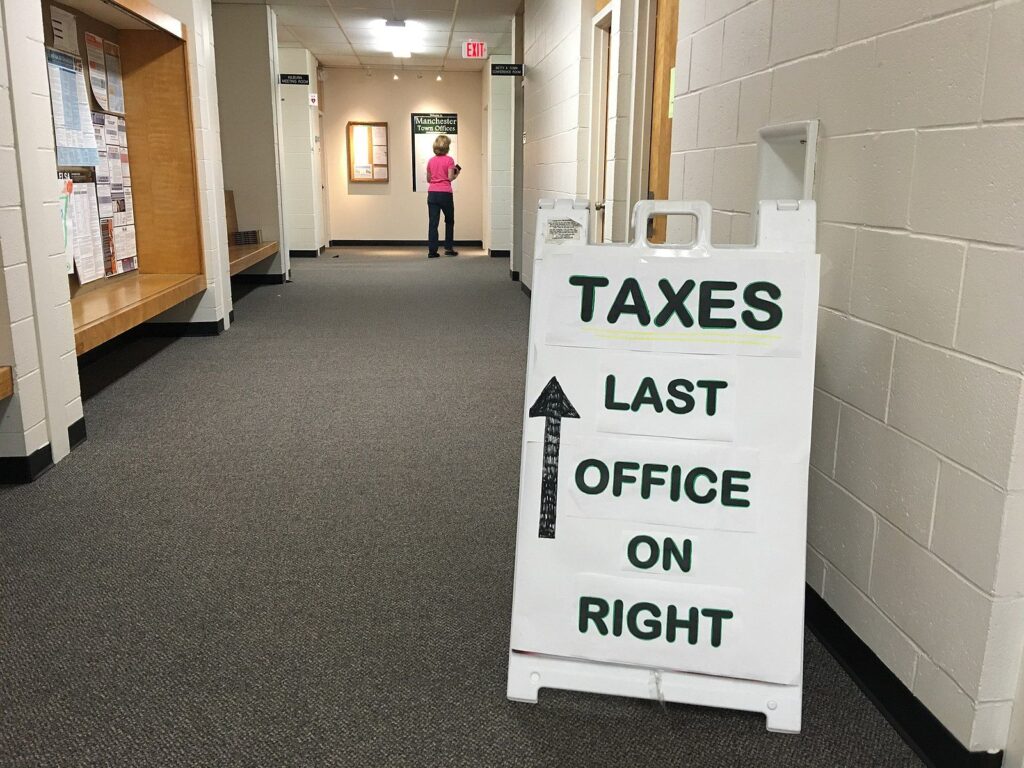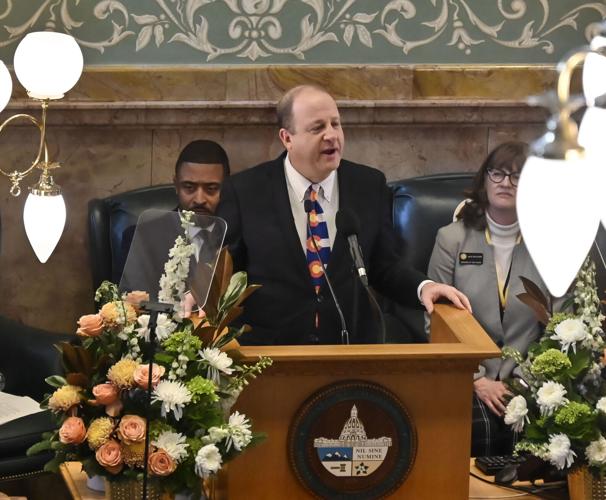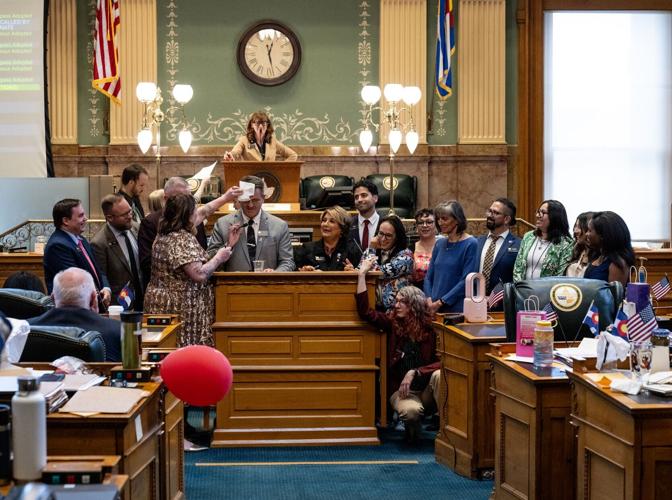Colorado’s small counties begin submitting plans to spend early opioid settlement money
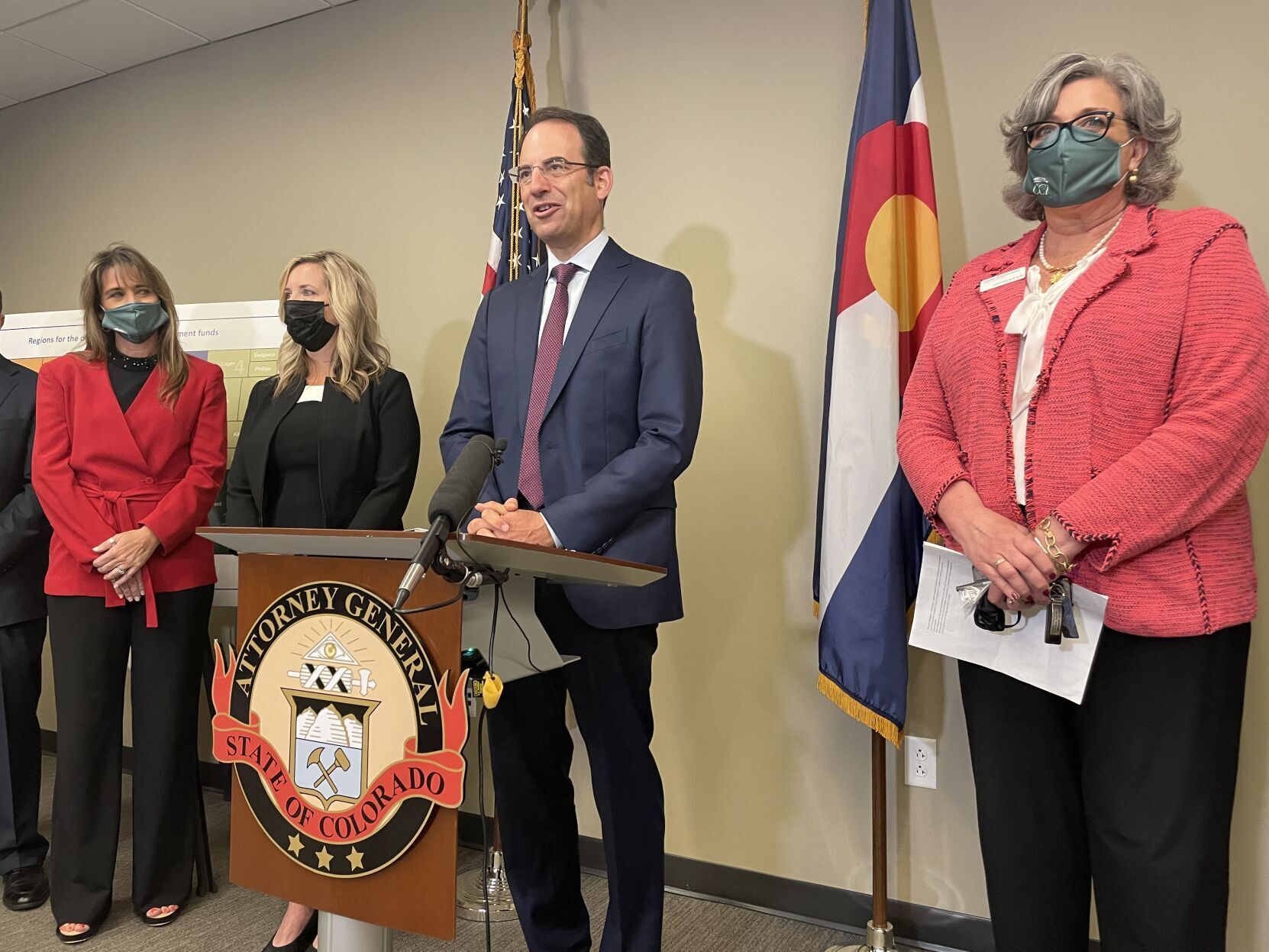
Most of Colorado’s counties have already submitted plans detailing how they’ll spend the first two years of their opioid settlement funds, as officials puzzle out how to best address broad problems with relatively small pots of money.
Colorado will receive nearly $400 million as its share of national settlements with four major companies involved in the prescription opioid crisis. That money will come over the next 18 years and be divided up in various ways to give local communities autonomy to respond to their own issues while also giving the state a slice to address broader problems.
Thanks to COVID and drugs, Colorado’s life expectancy ‘got hit really hard’
The counties have been grouped together into 19 regions for the purpose of receiving the bulk of the funds, and those regions are tasked with drawing up plans to spend the funds in a way that addresses the opioid crisis.
The first two years worth of that money — hundreds of thousands of dollars for smaller regions, millions for big cities — is a way to start new harm-reduction programs, improve education and reach at-risk populations. By the time all of the money is spent, it’ll have been $400 million in substance-use-focused spending that wouldn’t have happened were it not for the settlements.
Each of the 19 regions has a council tasked with drawing up plans for how to spend the money, and those plans must be submitted for approval by the state’s larger council by September.
An examination of plans submitted so far shows the different approaches taken by the different regions, as well as the different needs and priorities of the state’s counties. But there are similarities: a focus on education and prevention, particularly among young people; address stigma around substance use; and improve access to treatment and support for treatment providers.
Requests for Narcan in Denver skyrocketed after Commerce City deaths
One downside, some officials said, is the money flowing to each region isn’t enough to create a new treatment facility or address broader systemic problems, like housing.
Region five, which covers Garfield, Summit, Eagle, Pitkin and Lake counties, will receive $940,000 over the next two years. It’ll spend that money on an anti-stigma and substance-use educational plan, improving region-specific data collection and supporting harm-reduction hubs in each of its counties. None of the first two waves of money will go to treatment, recovery or criminal justice-related areas because, the region’s council wrote, those areas are either well covered by existing grants or aren’t the most pressing needs.
“This is about prevention,” Summit County Commissioner Tamara Pogue said. “The best way to prevent addiction is to keep it from happening in the first place. Certainly in terms of providers who are still prescribing opioids as a way of treating pain, there’s a lot of education that needs to be done, and certainly in terms of helping folks understand the risks involved, there’s a lot of education that needs to be done.”
Colorado Springs voters to decide whether to legalize recreational marijuana sales in city
Their education plan will focus on high schoolers; chronic pain patients; and hospitality workers. The plan’s drafters identified those groups as being the most at risk, Pogue said.
Mesa County’s plan
The region’s five counties don’t “have a lot of access” to treatment, she said, but they have a varied assortment of treatment. If they divided up the money to address each one, it wouldn’t go far. The goal is to spend it in a way that helps everybody as much as possible.
That means also not addressing the area’s housing crisis, and the region’s leaders who drafted the settlement spending plan specifically mentioned that crisis’s influence in behavioral health struggles. But the settlement money isn’t enough to address that itself, Pogue said, and communities across the counties “are already doing so much work to build housing.”
“The dollars here were better utilized in some of the strategies that aren’t being funded right now,” she said.
Region four, which covers 10 counties in Colorado’s northeast and eastern corner, identified “significant gaps” in substance use treatment in the area, according to its plan. Seventy percent of its initial $710,000 will go toward treatment. Its first step in that process: assessing the existing resources and figuring out how much it’ll cost to expand them.
Like housing, paying for new inpatient treatment services is expensive, and it would require ongoing costs to support those services going forward, as officials in region 17 have discovered. That region, which covers Dolores, Montezuma, La Plata, Archuleta and San Juan counties, quickly identified “big holes” when it comes to access for inpatient treatment in the area, said Heather Otter, the region’s project manager.
But they’re not sure, she said, if they can build and then sustain a facility “year after year after year here in southwest Colorado.” The region will receive roughly $200,000 a year, Otter said, and will spend this coming year using separate money from a federal source to study just how feasible it is to build their own treatment center.
It’s possible, too, that the state may fund treatment projects itself; a share of the $400 million settlement will go into a state-controlled pot for broader spending on infrastructure, particularly in areas lacking access.
For the largest projects, it’ll be needed: The money going to each region is helpful and can be put toward helping the region, Otter said. But when it comes to supporting a program annually, “we’re not going to do a whole lot with 200 grand a year.”


